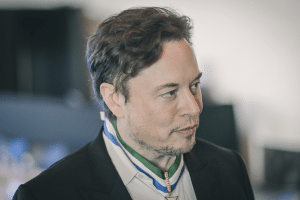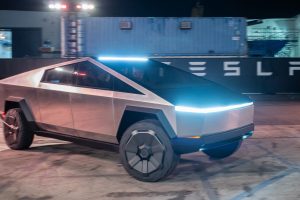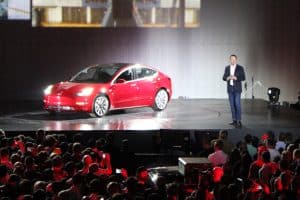This click-bait article reappears every few months. It is the buzz of social media. Just as quickly as it appeared, it fades from memory. Often these technologies resurface every few years with no significant improvement and no closer to implementation. Save yourself time and learn how to spot the pattern.
Click-Bait Title
The title will include the “Battery”, “Breakthrough”, and an unusual and Eye-Catching material. Expect to see words such as better, faster, or safer. Yet, a quick google search of the topic will reveal that this subject is not novel or even a breakthrough.
Lithium Ion Pros / Cons
Many of these articles today begin by explaining how lithium ion is an amazing technology that has enabled everything from electric vehicles and the internet of things. Then it describes the shortcomings of these batteries. Typical examples include: long charge times, questionable material extraction practices, or the most common, they can catch fire. This takes up most of the article.
New Research
The research team lead is by an expert, typically sponsored by a company or university, and they have the solution to revolutionize the battery industry. The title material magically resolves the issues described in the summary. Lab scale test samples have shown promising preliminary findings. These results prompt the media blitz as the lab searches for additional funding.
Lack of Supporting Information
What you will not find is information on the technical readiness level, feasibility to scale up, or a timeline to production. It will be lacking data on cycle life, rate capability, and material safety. Do not expect to find details on pricing, carbon footprint, or costs. You will finish the article having learned nothing of substance. Some of these unusual solutions have merit. Even the best lab discovery is often 10 years from pilot scale testing, let alone production.
Some Examples
Asphalt battery: Now – 2020 / Then – 2017
Diamond battery: Now – 2020 / Then – 2016
Wood battery: Now – 2017 / Then – 2013
Durian battery: Now – 2020 / Then – 2011
Graphene supercapacitor: Now – 2020 / Then – 2010
Graphene in batteries: Now – 2020 / Then – 2017 / Older – 2011
Want to buy a Tesla Model 3, Model Y, Model S, or Model X? Feel free to use my referral code to get some free Supercharging miles with your purchase: http://ts.la/guanyu3423
You can also get a $100 discount on Tesla Solar with that code. Let’s help accelerate the advent of a sustainable future.





